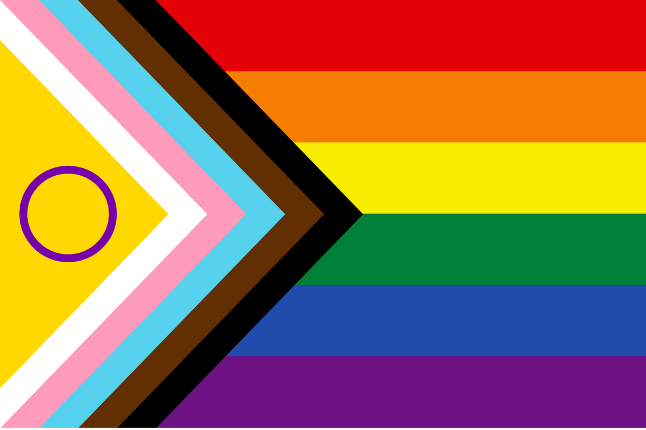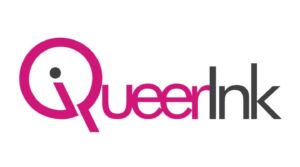Lesbiam Gay, Bisexual, Trans, Hijra, Queer/Questioning, Asexual/Aromantic/Agender +
Pronouns
Words we use during conversations to indicate a person's gender
Gender-neutral pronouns.
Ey likes to express emself through art.
Refers to someone who identifies as male.
He is going to the store.
Gender-neutral pronoun, used instead of Mr. or Ms.
Mx Smith is our new teacher.
Gender-neutral pronouns.
Ne is excited about nir new job.
Gender-neutral pronouns.
Per is passionate about pers interests.
Refers to someone who identifies as female.
She is studying for her exam.
Gender-neutral pronouns for individuals.
They are bringing their backpack.
Gender-neutral pronouns.
Ve told me ver plans for the weekend.
Gender-neutral pronouns.
Xe is hungry.
Please tell xem that lunch is ready.
Gender-neutral pronouns.
Ze left hir phone at home.
Gender-neutral pronouns.
Ze is bringing zir laptop to the meeting.
Gender Identity
is a person's firmly held perceptions of their gender, which may not match the sex they were given at birth.
Individuals who identify as not having a gender. Some describe themselves as genderless, while others see themselves as gender-neutral.
Individuals who identify androgynously with a gender that is both feminine and masculine, although not necessarily in equal amounts.
Individuals who experience their gender identity as two genders simultaneously or whose gender identity may vary between two genders.
Individuals assigned female at birth who identify their gender as nonbinary – they are male identified, hence bois.
Individuals who identify with the gender that was assigned to them at birth.
Individuals who feel partially connected to a particular gender identity. Examples include demi girl, demi boy, and demiandrogyne.
Individuals born with chromosomes, a reproductive system, and a sexual anatomy that fit the prevailing standard for “female” or “male” individuals.
Individuals whose gender varies over time.
Individuals who identify as neither male nor female, somewhere between or beyond genders, or as a combination of genders.
Exclusive to south Asia –
a person registered as male at birth and identifies as female or neither male nor female and belongs to one of the gharanas and has a Guru.
An umbrella term used to describe a wide range of natural biological variations of individuals born with chromosomal patterns, reproductive systems, and/or sexual anatomy that do not fit typical binary notions of male or female bodies.
Individuals who identify their gender as neutral or null. They may also identify as agender.
Umbrella terms for individuals who do not fit into traditional “male” and “female” gender categories. Includes various gender identities such as Agender, Bigender, Genderfluid, and Genderqueer.
Individuals whose gender identity and/or expression are numerous, either fixed (many at once) or fluid (moving from one to another, often more than two).
A person who was given the wrong sex at birth and who identifies as either male or female or a man or woman. People are using this more frequently to acknowledge a transgender past.
An umbrella term for individuals whose gender identity and/or expression differs from the gender assigned at birth.
Individuals assigned female at birth who identify as male.
Individuals assigned male at birth who identify as female.
Gender Expression
refers to the external manifestation of one's gender identity, often through clothing, hairstyles, behaviour, and other means of personal presentation. It encompasses how individuals express their inner sense of their gender to the outside world.
Gender expression within the lesbian community, often expressing themselves in a masculine manner.
Individuals of any gender or sexual identity present and act in traditionally masculine ways, which could include being the “dominant” partner in sexual relationships.
There are other identities within the scope of butch, such as ‘soft butch’ and ‘stone butch’. You shouldn’t use these terms about someone unless you know they identify with them.
Individuals who sometimes wear clothes traditionally associated with people of a gender different from their own.
Individuals of any gender or sexual identity present and act in traditionally feminine ways, which could include being the “subordinate” partner in sexual relationships.
There are other identities within the scope of femme, such as ‘low femme’, ‘high femme’, and ‘hard femme’. You shouldn’t use these terms about someone unless you know they identify with them.
Lesbians, queer women, non-binary, and trans people tend toward the masculine in their gender expression.
Individuals who do not adhere to the traditional gender expectations for the appearance and behaviour of people of their assigned gender.
Individuals are attracted to people with non-binary gender identities.
Sexual Orientation
A person’s sexual attraction to other people, or lack thereof. Along with romantic orientation, this forms a person’s orientation identity.
People who experience romantic attraction to others of any gender.
Individuals who experience sexual attraction to others of any gender.
Individuals who experience little or no romantic attraction to others of any gender.
- Asexual (Ace): Individuals who do not experience sexual attraction to others of any gender. Some may experience romantic attractions.
- Biromantic: Individuals who are romantically, but not necessarily sexually, attracted to people of more than one gender.
- Bisexual (Bi): Individuals who experience sexual, romantic, and/or emotional attractions to people of more than one gender or genders similar to their own and different genders.
- Demiromantic: Individuals who do not feel romantic attraction to someone unless they have already formed a strong emotional bond with the person.
- Demisexual (Demis): Individuals typically do not feel sexual attraction to someone unless they have already formed a strong emotional bond with the person.
- Gay: Men who experience sexual, romantic, and/or emotional attractions to other men.
- Gray Asexual (Gray A): Individuals whose sexual attraction exists within the gray area between sexual and asexual.
- Gray Romantic: Individuals whose romantic attraction exists within the gray area between romantic and aromantic.
- Gynesexual or Gynosexual: People who experience sexual attraction toward women, females, and/or femininity, regardless of whether they were assigned female at birth.
- Heteroflexible: Individuals are primarily attracted to people of a different sex who may engage in same-sex sexual activity in certain situations.
- Heteroromantic: Individuals are romantically attracted to people of a gender different from themselves.
- Heterosexual (Straight): Men who experience sexual, romantic, and/or emotional attraction to women, and vice versa.
- Homoflexible: Individuals are primarily attracted to people of the same sex who may engage in sexual activity with people of a different sex in certain situations.
- Homoromantic: Individuals are romantically attracted to people of a gender similar to themselves.
- Panromantic: Individuals are romantically attracted to others regardless of their gender identity or biological sex.
- Pansexual: Individuals are attracted to others regardless of their gender identity or biological sex.
- Polysexual: Individuals attracted to more than one gender and/or form of gender expression but not to all.
- Same-Gender Loving: Individuals who experience same-gender attraction, particularly within communities of colour.
- Sapiosexual: Attracted to people based on intelligence rather than gender identity or biological sex.
- Sexually Fluid: Individuals who experience changes in their sexual orientations more frequently.
Individuals who do not experience sexual attraction to others of any gender. Some may experience romantic attractions.
Individuals who are romantically, but not necessarily sexually, attracted to people of more than one gender.
Individuals who experience sexual, romantic, and/or emotional attractions to people of more than one gender or genders similar to their own and different genders.
Individuals who do not feel romantic attraction to someone unless they have already formed a strong emotional bond with the person.
Individuals typically do not feel sexual attraction to someone unless they have already formed a strong emotional bond with the person.
Men and women who experience sexual, romantic, and/or emotional attractions to their respective genders.
Individuals whose sexual attraction exists within the gray area between sexual and asexual.
Individuals whose romantic attraction exists within the gray area between romantic and aromantic.
People who experience sexual attraction toward women, females, and/or femininity, regardless of whether they were assigned female at birth.
Individuals are primarily attracted to people of a different sex who may engage in same-sex sexual activity in certain situations.
Individuals are romantically attracted to people of a gender different from themselves.
Men and womwn who experience sexual, romantic, and/or emotional attraction to women, and vice versa.
Individuals are primarily attracted to people of the same sex who may engage in sexual activity with people of a different sex in certain situations.
Individuals are romantically attracted to people of a gender similar to themselves.
Individuals are romantically attracted to others regardless of their gender identity or biological sex.
Individuals are attracted to others regardless of their gender identity or biological sex.
Individuals attracted to more than one gender and/or form of gender expression but not to all.
Attracted to people based on intelligence rather than gender identity or biological sex.
Individuals who experience changes in their sexual orientations more frequently.
And more...
A (typically) straight and/or cis person who supports members of the queer communities.
The natural gender that a person identifies with, whether it be male, female, or something else (see non-binary below), may or may not match the sex that was assigned to them at birth.
When a person first tells someone/others about their orientation and/or gender identity.
Calling someone by their birth name after they have changed their name. This term is often associated with trans people who have changed their name as part of their transition.
Often expressed in terms of masculinity and femininity, gender is largely culturally determined and is assumed from the sex assigned at birth.
A societal concept that sees only two genders and requires everyone to be raised as a man or a woman, depending on the gender assigned at birth.
It describe when a person experiences discomfort or distress because there is a mismatch between their sex assigned at birth and their gender identity.
This is also the clinical diagnosis for someone who doesn’t feel comfortable with the sex they were assigned at birth.
In light of societal expectations of gender, how a person chooses to express their gender in public.
The natural gender that a person identifies with, whether it be male, female, or something else (see non-binary below), which may or may not match the sex that was assigned to them at birth.
Another way to describe a transition in a person. In most cases, gender reassignment requires some kind of medical procedure, but changing one’s name, pronouns, appearance, and way of life is possible.
The aversion or fear of someone caused by prejudice or unfavourable attitudes, convictions, or views regarding lesbians, gays, or bisexuals. Bullying that is homophobic may be directed at those who are perceived to be lesbian, gay, or bisexual.
This concept applies to same-sex couples or LGBTQ+ individuals, typically referring to a marriage or partnership for reasons other than romantic love or attraction.
A societal concept that believes all people are attracted to only one other sex or gender, either exclusively heterosexual or exclusively lesbian/gay.
When someone learns, without the subject’s permission, about person’s sexual orientation or gender identity.
if someone appears to be a cisgender man or cisgender woman at first glance.
Cisgender people identify as the sex they were “assigned” at birth, regardless of how they may feel about it. This could include behavioural traits that are traditionally or culturally linked to a particular gender and physical gender cues (such as hair or clothing).
Individuals on the ace and/or aro spectrum may form platonic relationships. These are partnerships characterised by a high degree of mutual commitment, which may include co-parenting, shared living arrangements, and life decisions. More than two people may participate in these partnerships.
Words we employ in conversation to denote a person’s gender, such as “he” or “she.” Some people prefer it when others use pronouns like they/their, ze/zir, and gender-neutral language to address them.
Umbrella term referring to all LGBTHQIA+ people or used by individuals who see their sexual orientation and/or gender identity as fluid.
The process of exploring your sexual orientation and/or gender identity.
Non-romantic relationships that involve close emotional connections are more intense than traditional friendships.
A person’s romantic attraction to other people, or lack thereof. Along with sexual orientation, this forms a person’s orientation identity.
Based on a person’s primary sex characteristics (genitalia) and reproductive capabilities, sex is assigned to them at birth. The terms “sex” and “gender” can be used interchangeably.
A term that covers various identities with a root commonality or shared experience.
The fear or hostility towards someone because they are trans, including denying or refusing to accept their gender identity. People who are transgender or thought to be transgender may be the target of transphobia.
Pride Flags
The pride flags are significant markers of pride and visibility for the LGBTQ+ community because they represent various sexual orientations, gender identities, and experiences.

Agender Pride Flag
Creator: Salem Fontana
Year: 2015
Aromantic Pride Flag
Creator: Cameron
Year: 2010


Asexual Pride Flag
Creator: Asexuality Visibility and Education Network (AVEN)
Year: 2010
Genderfluid Pride Flag
Creator: JJ Poole
Year: 2012
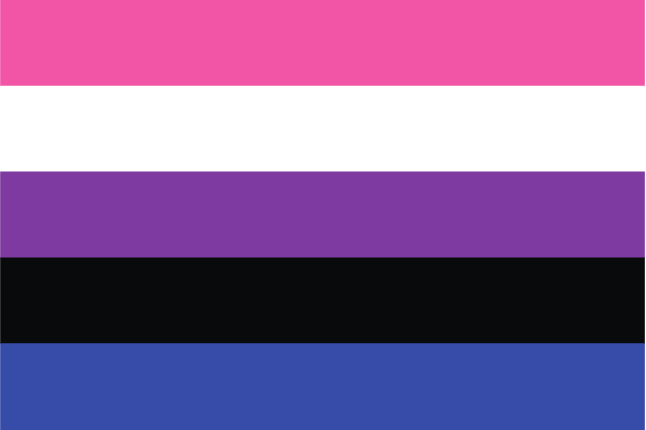

Genderqueer Pride Flag
Creator: Marilyn Roxie
Year: 2011
Intersex Pride Flag
Creator: Morgan Carpenter
Year: 2013
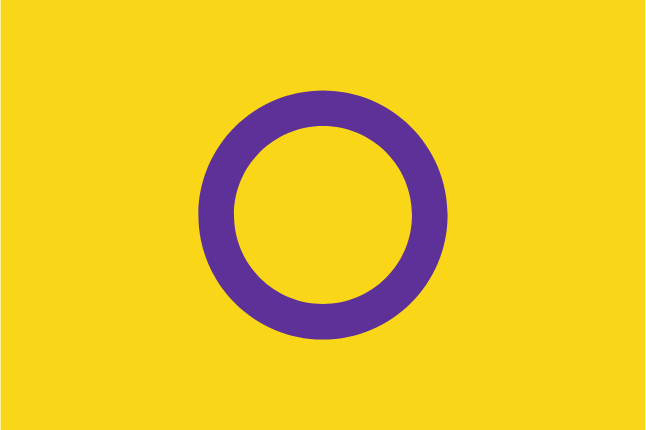
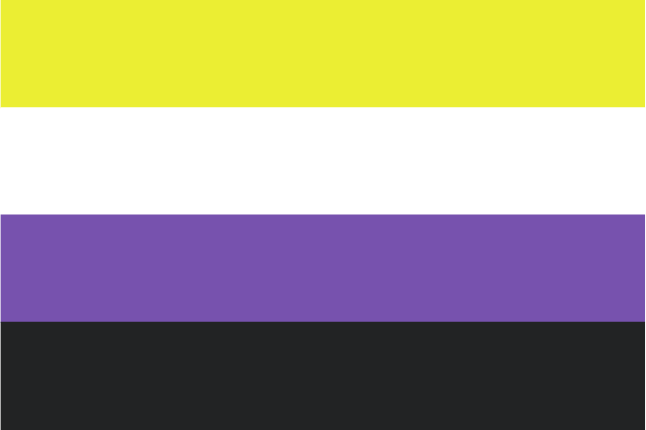
Nonbinary Pride Flag
Creator: Kye Rowan
Year: 2014
Transgender Pride Flag
CreatorMonica Helms
Year: 1999
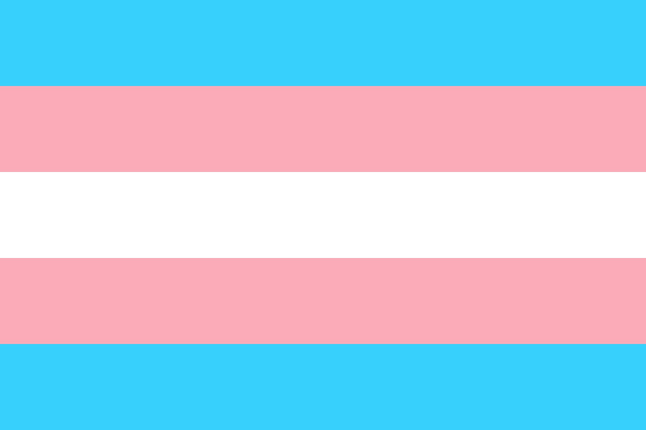
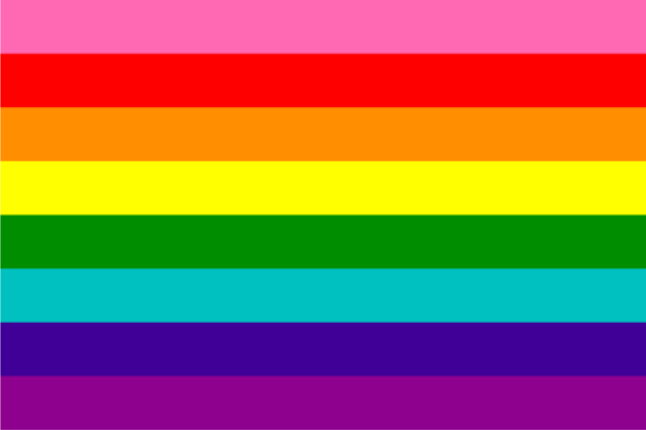
Original Pride Flag - 8 colours
Creator: Gilbert Baker
Year: 1978
Pride Flag
Creator: Gilbert Baker
Year: 1994


Progress Pride Flag
Creator: Daniel Quasar
Year: 2018
Intersex-Inclusive Pride Flag
Creator: Valentino Vecchietti
Year: 2021
